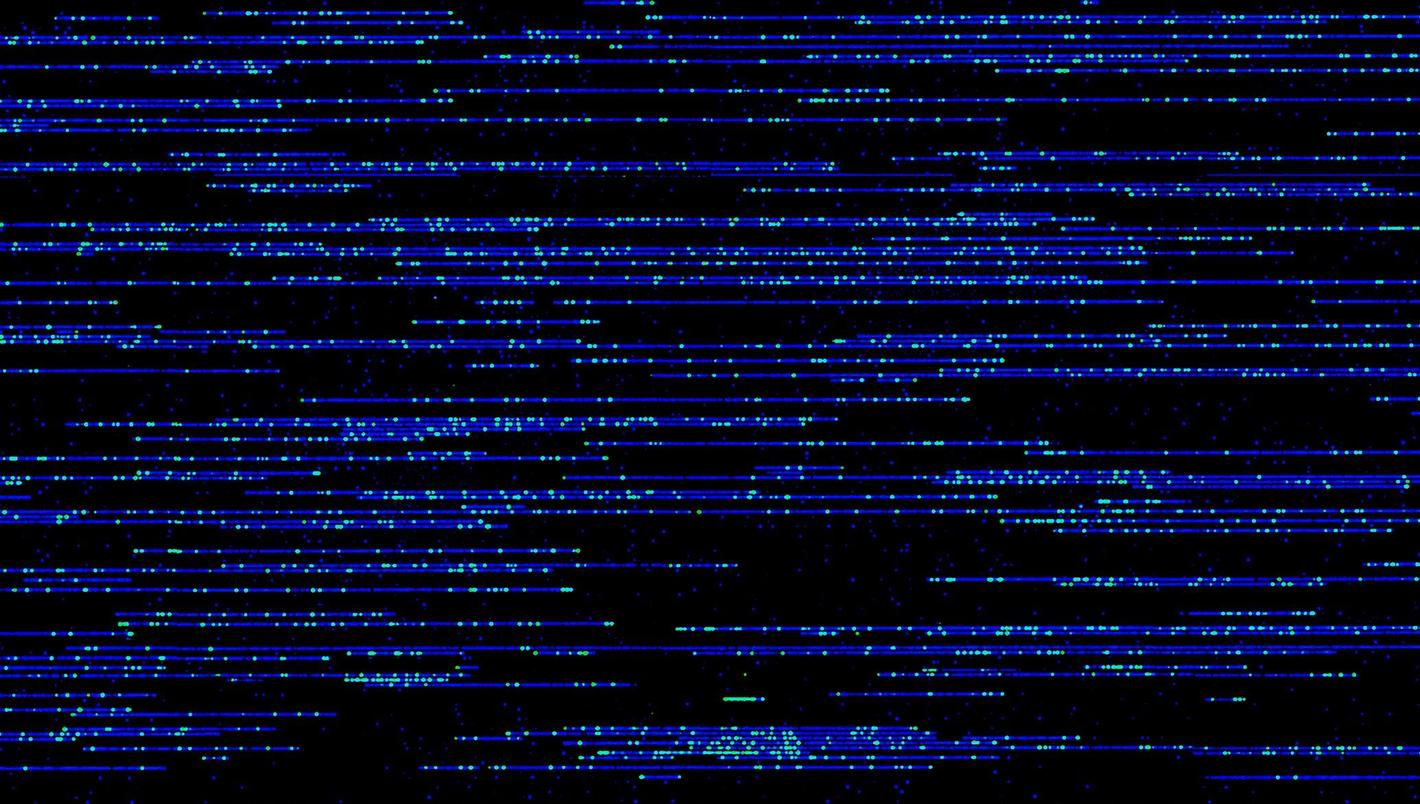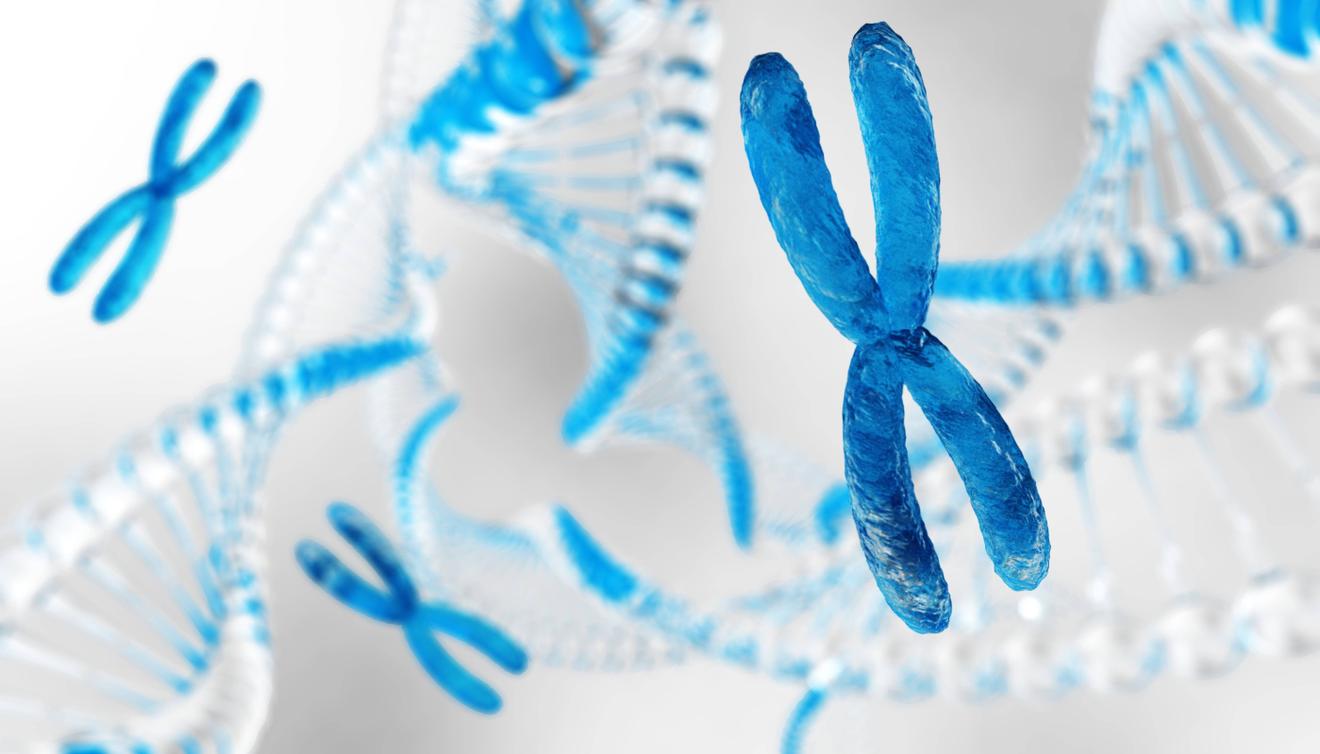New genetic test
The Leuven centre for human genetics is the first in Belgium to use 'optical genome mapping'. With this new technique, the DNA is first separated in large molecules while keeping it as intact as possible, after which special enzymes put fluorescent labels to certainl locations in the DNA, thus giving it some sort of bar code. That code allows every bit of DNA to be identified and compared with the human reference genome. With that, it is examined on the scale of the chromosomes, allowing large-scale variations to be detected.
Barbara Dewaele, clinical genetic lab specialist at the centre for human genetics: “Typically chromosomal variations are detected via karyotyping, but this method tends to be subjective, labour intensive and sometimes less reliable. E.g. for small point mutations there is next-generation sequencing (NGS). The new technique is an important addition to those existing tests: optical genome mapping has a high resolution, is aimed at the whole genome and can detect deviations that other tests miss. Every test brings different information and together they help to determine an extensive genetic profile and recommendations for a certain disorder.”
Sub classification
For now, the technique is only being used for acute lymphatic leukaemia (ALL) and acute myeloid leukaemie (AML). Every year a couple for hundred Leuven patients are being tested genetically for the diagnosis of these disorders.
“For most patients, the main diagnosis is made based on clinical symptoms and examinations, but the genetic test can help determine the subtype of the disorder. This sub classification can provide important information about the prognosis and the most appropriate treatment.”
More extensive and faster
The big clinical advantage is the new test can detect a wider range of genetic variants, which increases the chance of a correct diagnosis. But there is an additional bonus for patients. “The new test is much quicker. Up to a year ago we needed twelve different tests, now we do optical genome mapping in combination with only two other analyses. Now, the result is available within 1 to 2 weeks, whereas patients used to have to wait for a month.”
In addition, for researchers the ease of use is a big factor: the technique was marketed in an affordable and complete kit, including software for the analysis.
The new technique is also expected to provide an added value for various other genetic disorders. The centre for human genetics will investigate this further.

In ‘optical genome mapping’ large pieces of DNA are given a bar code of fluorescent labels. After that they are completely stretched out in the nano channels of a special chip, photographed and microscopically examined. Finally, the comparison with the human reference genome allows the detection of large-scale chromosomal variations. (Image: © Bionano Genomics)
